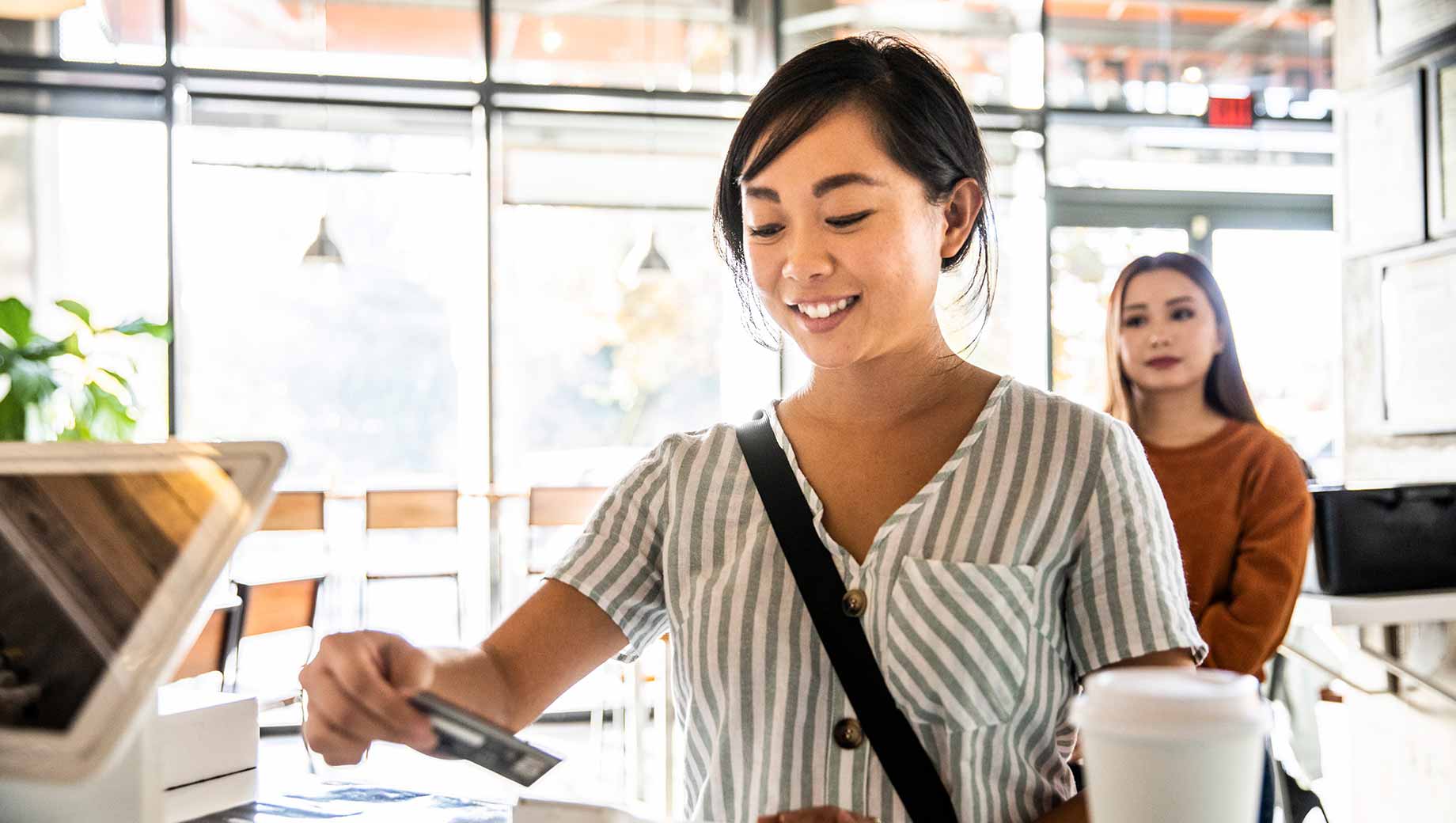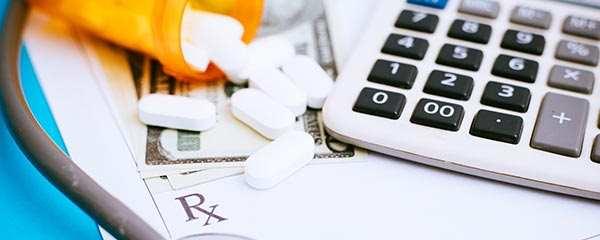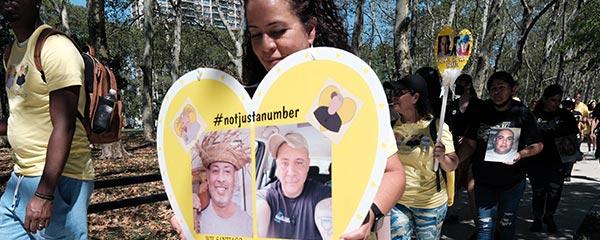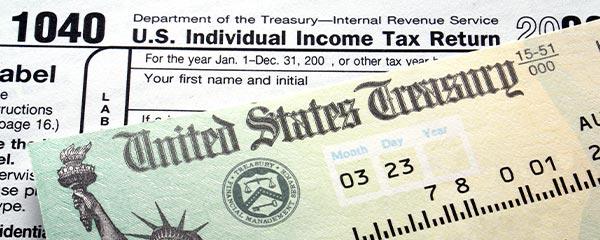Story Highlights
- 13% say they use cash for most purchases; 28% did five years ago
- 64% say it is likely the U.S. will be cashless in their lifetime
- Many more would be upset than happy if U.S. becomes a cashless society
WASHINGTON, D.C. -- Sharply fewer U.S. adults report they use cash for making purchases now than say they were doing so five years ago. Thirteen percent say they make "all" or "most" of their purchases with cash, while 28% say they were using cash to the same extent five years ago. Six in 10 now say they make "only a few" or no purchases with cash today, nearly double the 32% saying they did so five years ago.
These results are based on a July 5-26 Gallup poll and are consistent with the trends seen in the Federal Reserve's most recent payment study that documented a decline in cash transactions since 2016. Greater use of online shopping, especially during the coronavirus pandemic, is likely one major factor leading to changes in cash usage. Other factors driving a decline in cash usage may be a larger number of merchants accepting electronic payment, an increase in self-checkout registers in grocery and larger retail stores, and mobile pay options that allow people to pay for purchases using their smartphones.
Lower-income Americans more commonly use cash for purchases than do middle- and upper-income Americans. Twenty-two percent of lower-income adults -- those living in households with annual incomes less than $40,000 -- use cash for all or most of their purchases. That compares with 14% of those whose annual household income is between $40,000 and $99,999 and 5% of those whose income is $100,000 or more.
Seventy-three percent of upper-income Americans use cash for only a few or none of their purchases, compared with 49% of lower-income Americans.
In most subgroups, the percentage who report using cash for all or most purchases is about 15 points lower than the percentage saying the same in reference to five years ago. There has been a steeper decline among young adults: 11% of 18- to 29-year-olds say they use cash for all or most purchases today, while 37% of this group says that five years ago, they mostly used cash.
More Than Six in 10 Predict a Cashless Society
Sixty-four percent of Americans say it is "very likely" or "likely" that the U.S. will be a cashless society at some point during their lives; meaning all transactions are done using an electronic method of payment rather than physical currency. The percentage expecting a cashless society today is essentially unchanged from the 62% who made that prediction in a 2016 survey.
Older Americans are somewhat less likely than their younger counterparts to believe the U.S. will become a cashless society during their lifetime. Fifty-six percent of those aged 65 and older, and 62% of those between the ages of 50 and 64, believe it is likely, compared with 70% of those under 50.
If the U.S. became a cashless society, more would see this as a change for the worse than a change for the better. Forty-five percent of U.S. adults say they would be "upset" if the U.S. becomes a cashless society, compared with 9% who say they would be "happy" if that occurred. Meanwhile, 46% say they would have neither reaction.
Republicans are most resistant to a shift to cashless society, with 60% saying they would be upset if this were to happen. That compares with 45% of independents and 28% of Democrats.
Slim Majority Likes to Have Cash With Them
The majority of Americans, 56%, say they like to have cash with them at all times when they are outside their home, while 43% are comfortable walking around without cash. These figures are essentially the same as what Gallup measured in 2016 -- 54% and 42%, respectively.
Older Americans are much more inclined than younger Americans to want to carry cash. Seventy-three percent of those aged 65 and older say they like to have cash on them at all times, as do 64% of those aged 50 to 64. Majorities of Americans under 50 are comfortable venturing outside their homes without carrying cash.
Bottom Line
Internet and smartphone technology has transformed the way people pay for things. They no longer need to visit their banks to withdraw money and carry it with them in order to make most purchases. The latest Federal Reserve payment study estimated that one in five U.S. transactions are made with cash, less than are made with credit or debit cards, but much more than are made with mobile payment apps, which account for 3% of all transactions.
To the extent that mobile payment apps increase in popularity, which would seem quite possible given the tech-savvy young adult population, the need for cash will decline. This would create the conditions favorable to a cashless society, something Americans expect to happen but may not necessarily be happy about.
To stay up to date with the latest Gallup News insights and updates, follow us on Twitter.
Learn more about how the Gallup Poll Social Series works.




